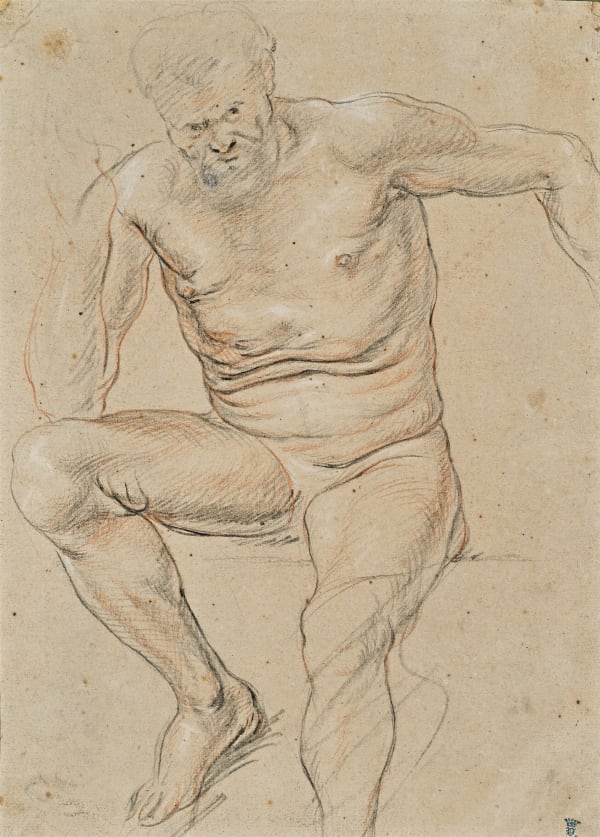Jacob Jordaens (Antwerp 1593 - 1678)
A Still Life
Sanguine, black chalk, heightened with white, on laid paper
177 x 360 mm

Jacob Jordaens, Moses and Zipporah, oil on canvas.
Rubenshuis, Antwerp; inv. no. RH.S 095.
Sale, London, Sotheby's, 9 July 2008, lot 17;
Private collection, New York.



